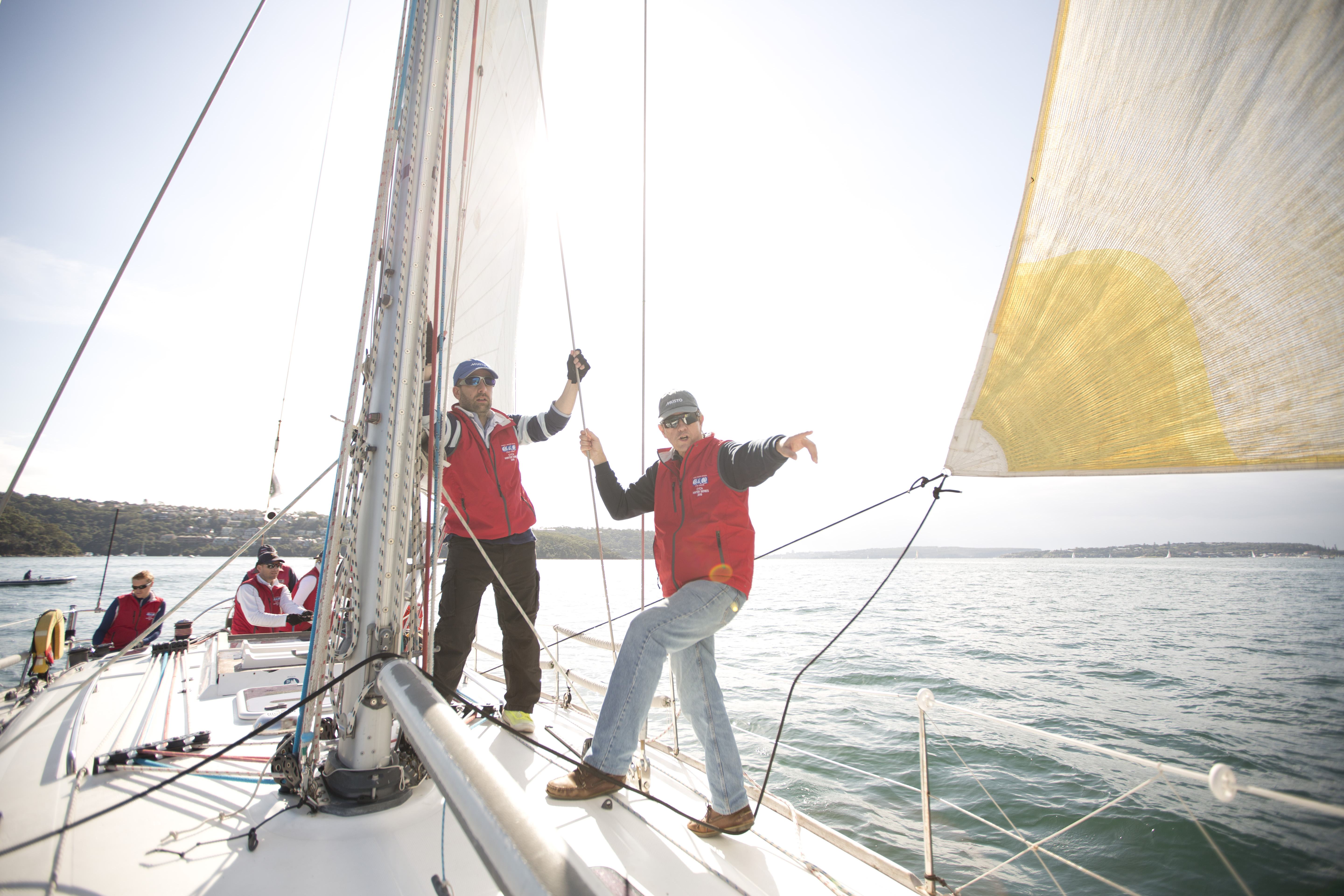4 mins read
Navigating the Waves: Advanced Techniques for a Sailing Course

Image Source: Google
Sailing is an exhilarating and challenging activity that requires skill, knowledge, and practice. Whether you are a beginner or an experienced sailor looking to enhance your skills, mastering advanced techniques can take your sailing to the next level. In this article, we will explore some advanced techniques that will help you navigate the waves with confidence and precision.
1. Understanding Wind Patterns
Wind Direction
- Learn how to identify wind direction and adjust your sails accordingly.
- Understand the concept of points of sail and how to sail effectively on different courses.
- Practice sailing close-hauled, beam reach, broad reach, and running downwind to optimize your speed and performance.
Wind Shifts
- Be vigilant about wind shifts and adjust your course to take advantage of favorable shifts.
- Monitor wind indicators such as flags, ripples, and other boats to anticipate changes in wind direction.
- Practice tacking and jibing to navigate through wind shifts efficiently.
2. Mastering Sail Trim
Main Sail Trim
- Adjust the main sail based on wind speed and direction to maintain optimal power and balance.
- Learn how to trim the main sail for upwind, downwind, and reaching courses.
- Fine-tune the main sail by adjusting the mainsheet, boom vang, and traveler to control twist and shape.
Headsail Trim
- Trim the headsail to work in conjunction with the main sail for efficient sail power.
- Learn how to adjust the headsail for different points of sail and wind conditions.
- Use telltales to gauge the airflow over the headsail and make precise adjustments for optimal performance.
3. Perfecting Boat Handling
Tacking and Jibing
- Practice smooth and efficient tacks and jibes to maintain boat speed and momentum.
- Master the coordination between steering, sail trim, and crew communication during maneuvers.
- Anticipate wind shifts and waves to execute tacks and jibes with precision.
Maneuvering in Confined Spaces
- Learn how to navigate the boat in tight spaces such as marinas, docks, and crowded anchorages.
- Practice close-quarters boat handling techniques such as docking, mooring, and anchoring with precision.
- Use spring lines, fenders, and propeller thrust to maneuver the boat safely in confined areas.
4. Enhancing Racing Skills
Starting Strategies
- Master the art of the starting line to get a competitive advantage at the beginning of a race.
- Practice time-on-distance calculations to time your approach to the starting line perfectly.
- Learn how to position your boat for a good start and avoid being boxed in by other competitors.
Upwind Performance
- Optimize your upwind performance by focusing on boat speed, pointing ability, and tactics.
- Use wind shifts and strategic tacking to gain a favorable position relative to other boats.
- Pay attention to sail trim, weight distribution, and steering to maximize upwind speed.
5. Safety Considerations
Weather Awareness
- Stay informed about weather forecasts and changing conditions to avoid dangerous situations.
- Monitor signs of approaching storms, lightning, or strong winds and take appropriate action to ensure the safety of the crew and boat.
- Have a clear understanding of sea state, tide, and currents to navigate safely in challenging conditions.
Emergency Preparedness
- Equip the boat with essential safety gear such as life jackets, first aid kit, flares, and a VHF radio.
- Practice man-overboard drills and have a plan in place to retrieve a crew member who goes overboard.
- Stay calm and composed in emergency situations to make rational decisions and ensure the safety of everyone on board.
By mastering these advanced sailing techniques, you will be able to navigate the waves with confidence, precision, and skill. Remember that practice and experience are key to becoming a proficient sailor, so don't hesitate to challenge yourself and continue learning on your sailing journey.